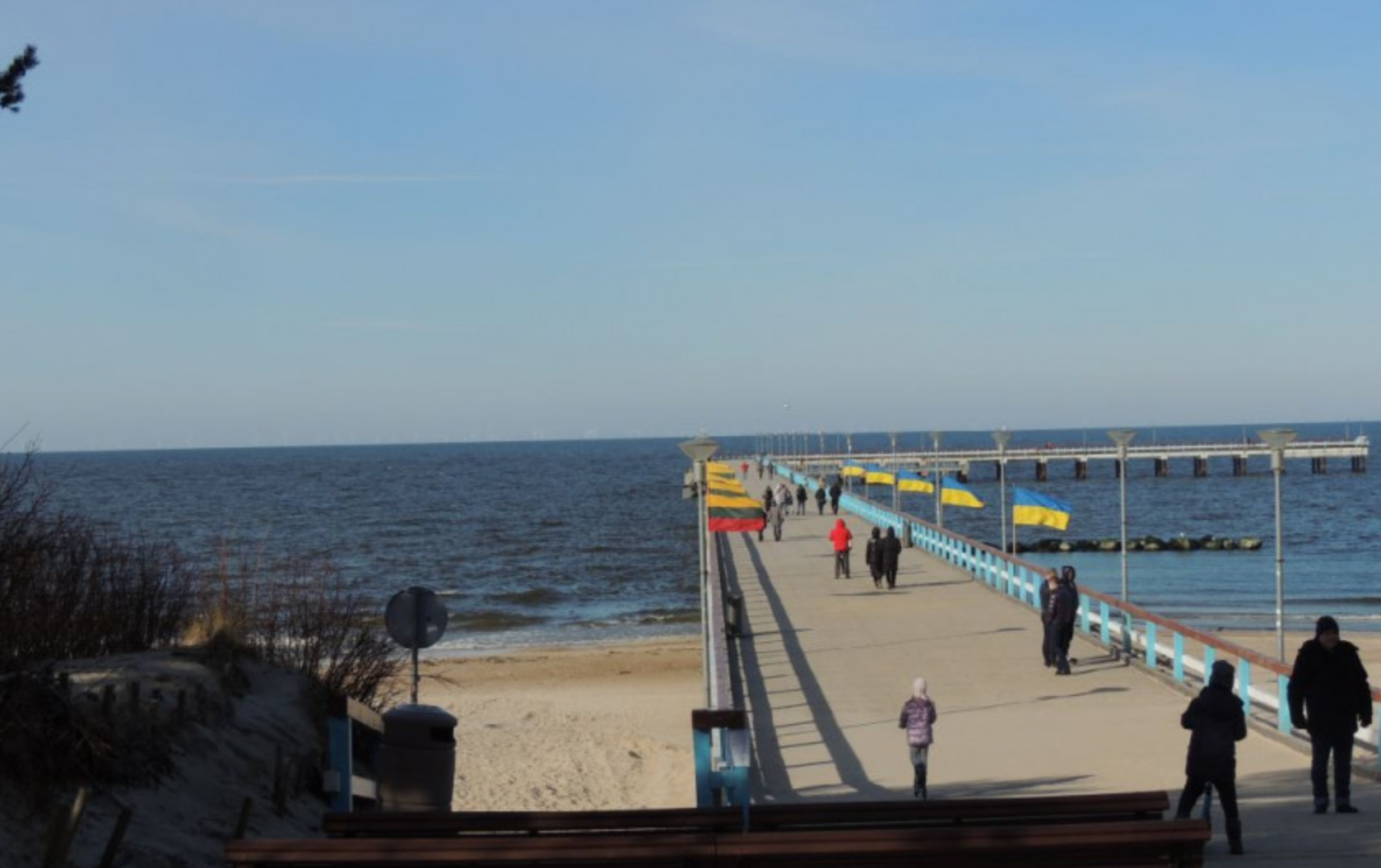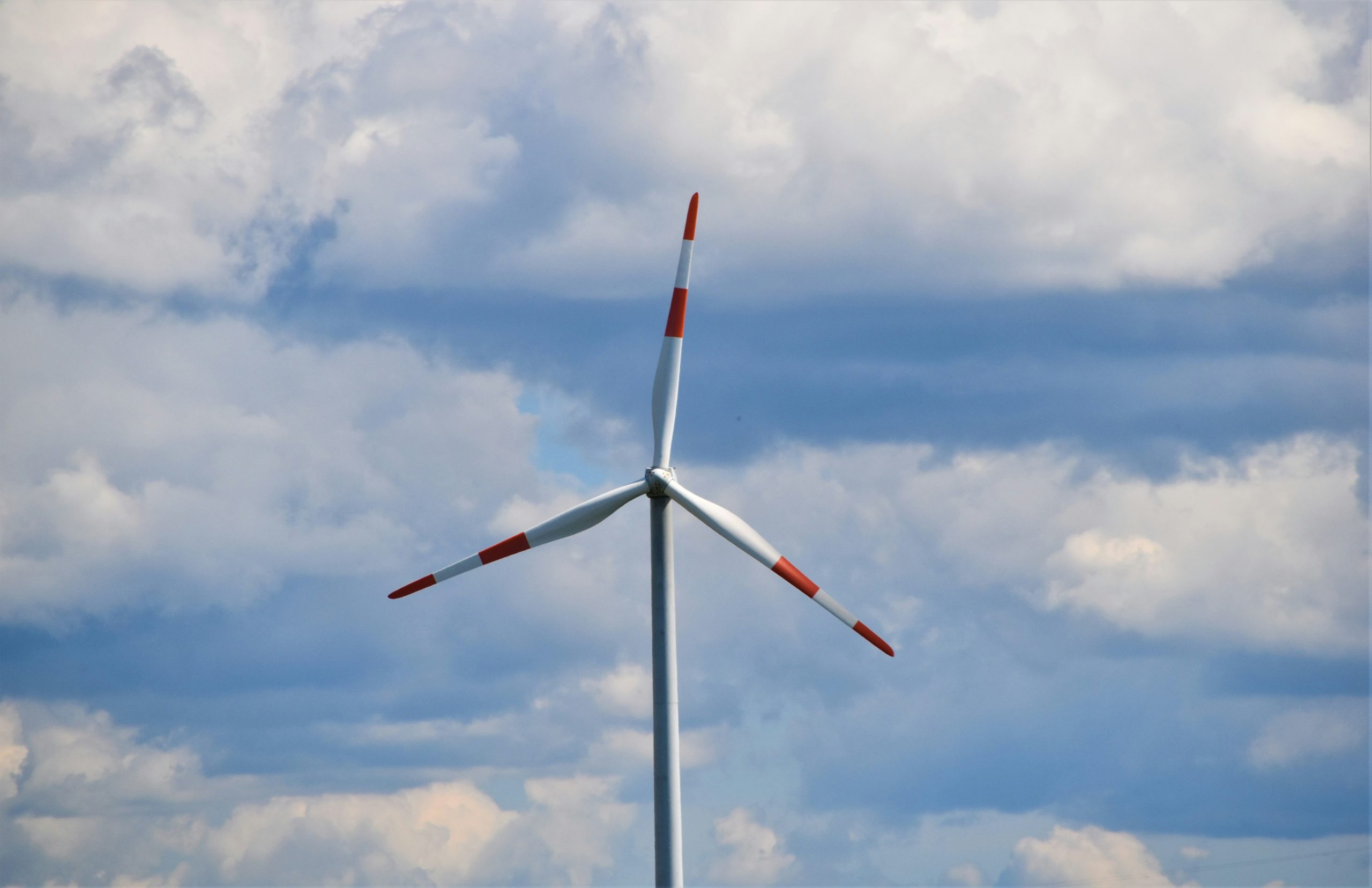Today, Lithuanian Minister of Energy, Dainius Kreivys, met with representatives of the municipality of Palanga and the local community to present the planned first offshore wind farm in the Baltics. At the meeting, he argued that the offshore wind farm would provide independence and low electricity prices.
During a meeting with representatives of Palanga municipality, Kreivys pointed out that the first wind farm in the Baltic Sea is one of the most important projects for Lithuania’s energy independence. The first offshore wind farm in the Baltics, which will begin operations in Lithuanian territorial waters near Palanga in 2028, is expected to attract more than €1 billion in investments and create at least 1,300 new jobs. Kreivys noted that the direct economic benefits of the park will also be felt by Palanga residents. The municipality’s budget will be enriched by about €3 million a year, which the park’s developer will be required to pay for the amount of electricity it generates and feeds into the grid.
“Green energy is clearly a priority for our country. We have met, several times, with representatives of the Ministry of Energy to discuss this issue and raised the question of the location of the wind farm and its distance from the coast, which is important for the resort community”, said Šarūnas Vaitkus, Mayor of Palanga.
In 2030, Lithuania’s total installed green energy capacity is expected to reach 7 GW. Offshore wind farms will provide about 1.4 GW. A single 700 MW wind farm could provide 2 TWh of power annually.
An auction for developers of the first wind farm is expected to be announced in the second half of 2023. The parliament passed amendments to the law, which cover the auction process, technical conditions for the park’s installation and rules for valuing the energy produced.
The Ministry of Energy reports that a detailed plan for the area is also being prepared, an environmental impact assessment is being conducted, a survey of the seabed is being conducted and wind speed, as well as other parameters, are being measured. The power plants will be located 30 to 40 kilometers from the coast.
In total, at least four offshore wind farms could be built on the Lithuanian coast. The size and deadlines of the remaining wind farms will depend on future surveys, the completion of infrastructure and other preparatory work.
















